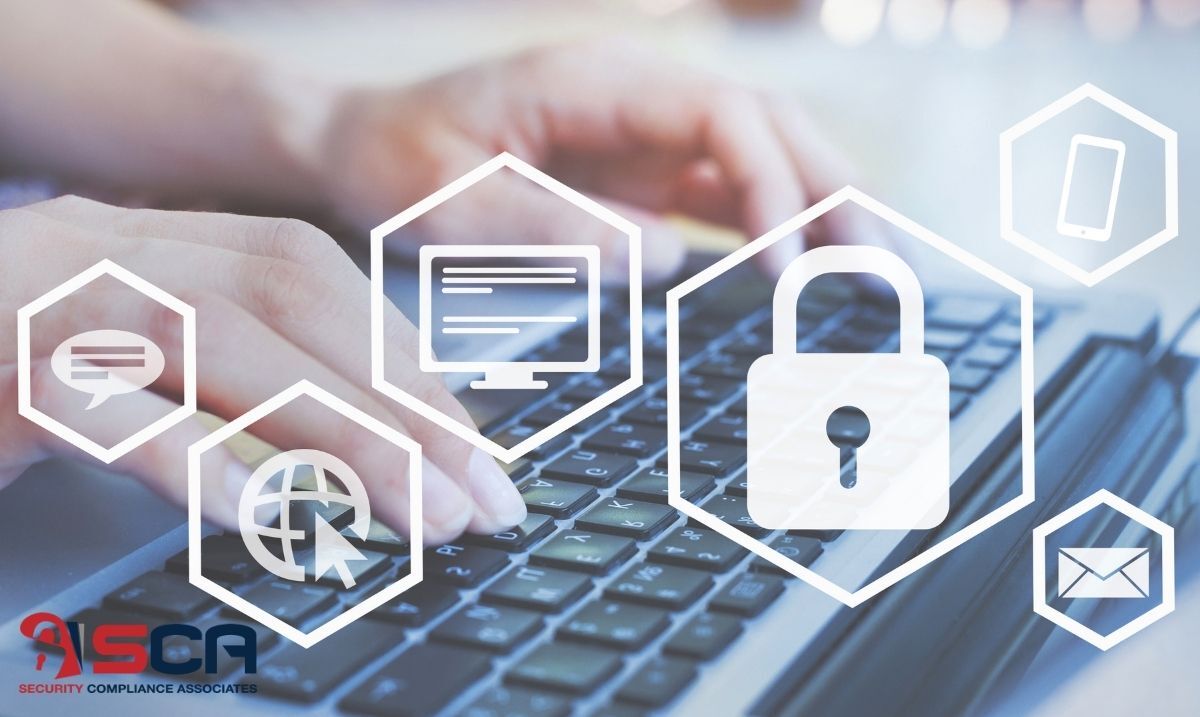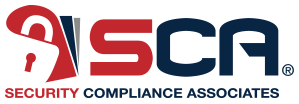
Being Cyber Smart Starts with Good Cyber Hygiene
Be Cyber Smart, Practice Good Cyber Hygiene
With cybercrime projected to cost businesses up to $6 trillion by 2021, it’s vital for organizations to be cyber smart. However, tightening your company’s cybersecurity is a comprehensive process and not just about purchasing new software or hardware. Instead, you can start by using cyber hygiene best practices.
Cyber Hygiene for Everyone
Effective cyber hygiene should not just be left to people in your IT department; rather, it’s a challenge for the entire organization. For instance, your IT security practices may set strict password rules, but it’s up to users or employees to create those strong passwords and keep them safe.
To further affirm the importance of cyber hygiene best practices, a company needs to appreciate the threat landscape is always changing. As such, new cyberattacks will continue to emerge, as hackers become smarter, targeting the multiple security vulnerabilities in software, hardware, and underlying IT protocols.
Threats can also target your employees through social engineering and phishing. Your IT and/or security department can’t mitigate all these threats independently; rather, it must be a responsibility for all team members to practice proper cyber hygiene.
Know Your Company’s Information Assets
It’s impossible to adequately secure your company’s systems or meet security compliance requirements if you aren’t even aware of your assets. Therefore, a good starting point would be to identify and document your IT infrastructure, including all hardware, software, and applications. Pay attention to your critical assets, as these are the data or processes that would significantly impact your organization if they are attacked.
Once you have identified your IT equipment and systems, document the administrators, operating systems, resource owners, and critical operations. This will be your IT asset register, and you can expand it over time as your organization grows and your security capabilities mature. Consider performing risk assessments, controls review and penetration testing to help you focus on improving your security efforts. Such a strategy also supports you to achieve information security compliance with applicable regulations.
Cyber Hygiene Best Practices
Here are the steps and practices that a company should take to improve information security and maintain optimal system health:
Use of Strong Passwords
One of the essential cyber hygiene best practices is to ensure every user has a strong password. Passwords must have unique characteristics including a mixture of numbers, lowercase letters, capital letters, and symbols. Also, consider using firmware passwords to protect your equipment from being reset or rebooted without your approval.
Enable Two-Factor Authentication
As strong as your password is, it can be hacked if you don’t have two-factor authentication enabled. Multi-factor authentication enhances your security as it will require the user to submit additional credentials to gain access. It could be software or security codes sent to your email or phone. Organizations can also add extra layers of protection by using fingerprint or facial recognition to minimize any cyber-attack likelihood.
Install Antivirus Software
A reputable and effective antivirus program will keep your computer safe by eradicating malicious programs, viruses, and malware. Such a robust antivirus-software will be able to detect and erase any malware on your systems. Users can also schedule and perform automatic scans to make sure their devices are not infected with any viruses.
Regularly Update your Applications
Part of proper cyber hygiene best practices involves ensuring that you are always using the latest versions of applications and operating systems. Ensure users enable auto-updates on their devices to receive the latest security patches once they are released. It’s equally important for you to delete any applications and software that you no longer use to reduce possible attacks owing to outdated or unpatched software.
Employee Awareness Matters
The most vulnerable part of your information security system is your employees. You can quickly deploy the best cybersecurity plan, but if your employees don’t know about cyber hygiene and how to prevent cyber threats, you may still be susceptible. Your employees should be familiar with your organization’s cybersecurity policies.
Contact SCA for More Information about Proper Cyber Hygiene Practices
Cyber hygiene best practices mean using the right combination of technology and a healthy internal information security culture for employees.
SCA can be your cyber coach to help develop appropriate cyber hygiene best practices appropriate for your organization. Contact us today!

